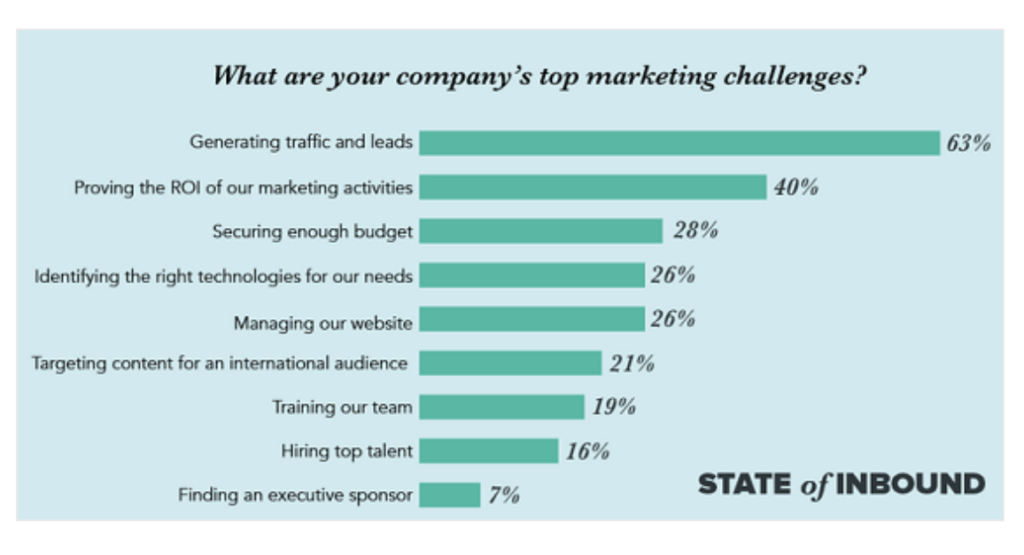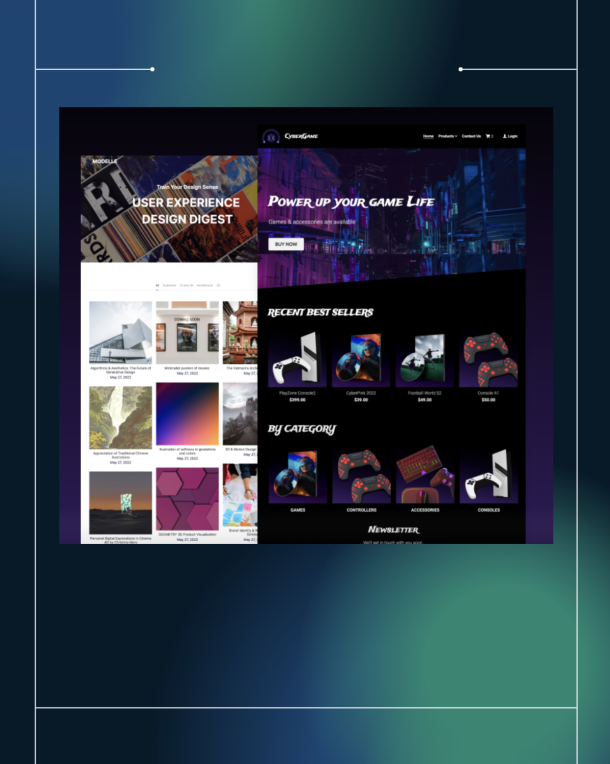Want to learn how to create ConvertKit forms? Don’t just look at the knowledge-base or a random YouTube video on How to Create ConvertKit forms (like I have below).
Why, you ask?
Anyone can learn how to create a ConvertKit form; what you really need is this: How to Create ConvertKit Forms that Really dial up your marketing efforts a bit? What little tips and hacks can make your forms work that much harder?
One of the biggest problems many businesses face is “lead generation” — and that’s despite several lead generation plugins, awesome tools like OptinMonster, and also fully-functional and capable email marketing providers such as ConvertKit, Drip, or MailChimp.
According to WPforms, at least 74% of companies use forms — one way or another — to generate leads. More than 50% of marketers rely on Inbound marketing strategies (in combination with onsite lead capture form(s) of some kind) to make lead generation happen.
More than 74% of companies use web forms for lead generation, with another 49.7% stating that their online forms are their highest converting lead generation tool.

Where do ConvertKit Forms Come in?
If you’ve ever used Mailchimp, you know that creating a straightforward form is almost impossible unless you are willing to muck with code.
ConvertKit, on the other hand, makes it really simple to create forms for all kinds of purposes. You could, for instance:
- Create ConvertKit forms for content upgrades.
- Whip up ConvertKit forms for having people sign up for your lead magnets, offers, discounts, PDF checklists, cheat sheets, and more.
- Get people to sign up for your free online courses or memberships with ConvertKit forms.
In short, you can do anything.
Read More:
7 dead-simple ways to make money with an email list
7 Email Popup Best Practices To Skyrocket Your List
164 Best Email Marketing Subject Lines To Boost Your Email Open Rates
How To Create ConvertKit Forms?
You could create ConvertKit Forms and be up and running in a few minutes. Watch this video to learn how to create ConvertKit Forms:
Unable to watch the video? Follow these steps. You’ll need at least a free ConvertKit account for you to follow along.
- Get inside your ConvertKit account, click on the tab “Landing Pages & Forms”, and choose forms.
- Pick a template to start with (you can choose any template and customize the template completely)
- Go ahead and make changes to your form: the headline, the sub-heading, the accompanying copy(text), the image and/or video. If you need a quick way to create videos, use Dubb or Loom.
- In the “settings” (top right corner), choose the domain (and a URL your ConvertKit form will go live on). Also, edit the “Incentive email” (you can add content, change the color of the button, and even add an image of your pet dog just to add a wee bit of a character to email). The Incentive email is an autoresponder — it’s sent to your subscribers as soon as they sign up for an offer. If you are giving away a lead magnet (such as a PDF document, an eBook, or a Whitepaper, you also have the option of letting your potential subscribers download immediately after they “double opt-in” (recommended so as to not pollute your email list).
- Again, inside settings, choose how your form should be triggered: on exit? After spending a certain amount of time on your site? After scrolling a certain percentage of pages on your site (scroll depth)?
When you are ready, go ahead and publish your ConvertKit form.
Tips To Create ConvertKit Forms Get You Results
Remember: no forms, no leads.
Don’t sit there on your hands wondering you struggle to generate leads when you don’t even have lead generation forms to begin with.
Anyone can build any form. You, however, want to create ConvertKit forms that bring in the results.
The first step of most marketing funnels is to give away a lead magnet (or a discount code, in the case of eCommerce stores). That’s exactly what you should do.
- Be sure to enable “double opt-in” or in the case of ConvertKit, disable “auto-confirm new subscribers”. You don’t want bots to sign up. Also, you don’t need any tire kickers.
- You’ll need a series of emails (after the first email — the incentive email — is sent) to nurture your leads. Most businesses don’t even have lead generation forms, ConvertKit forms, or any forms of any kind to begin with, let alone a marketing sequence.
- All the principles of good copywriting apply to your form design and copy. Copywriting can be your strongest — or weakest — salesperson. Learn how to uplift your copywriting and drive more sales with written-word expert Joanna Wiebe (@copyhackers)
Read More:
10 Tweaks to Take Your Email Newsletter From Meh to Must-read
15 Ways to Create a High-value Lead Magnet in 30 Minutes or less (No Tech Skills Required)
Wondering how to migrate to ConvertKit? Download your entire subscriber list as a .csv file and load it to your ConvertKit account.
If you have more than 1000+ subscribers, you can also choose to get free migration services by ConvertKit itself. The team at ConvertKit can help customize your migration needs and complete your migration (carefully, but without you having to do anything) to ConvertKit.
Depending on the complexity and email list size, migration to ConvertKit can take anywhere from 2 days to 10+ days.
Learn more about ConvertKit migration

